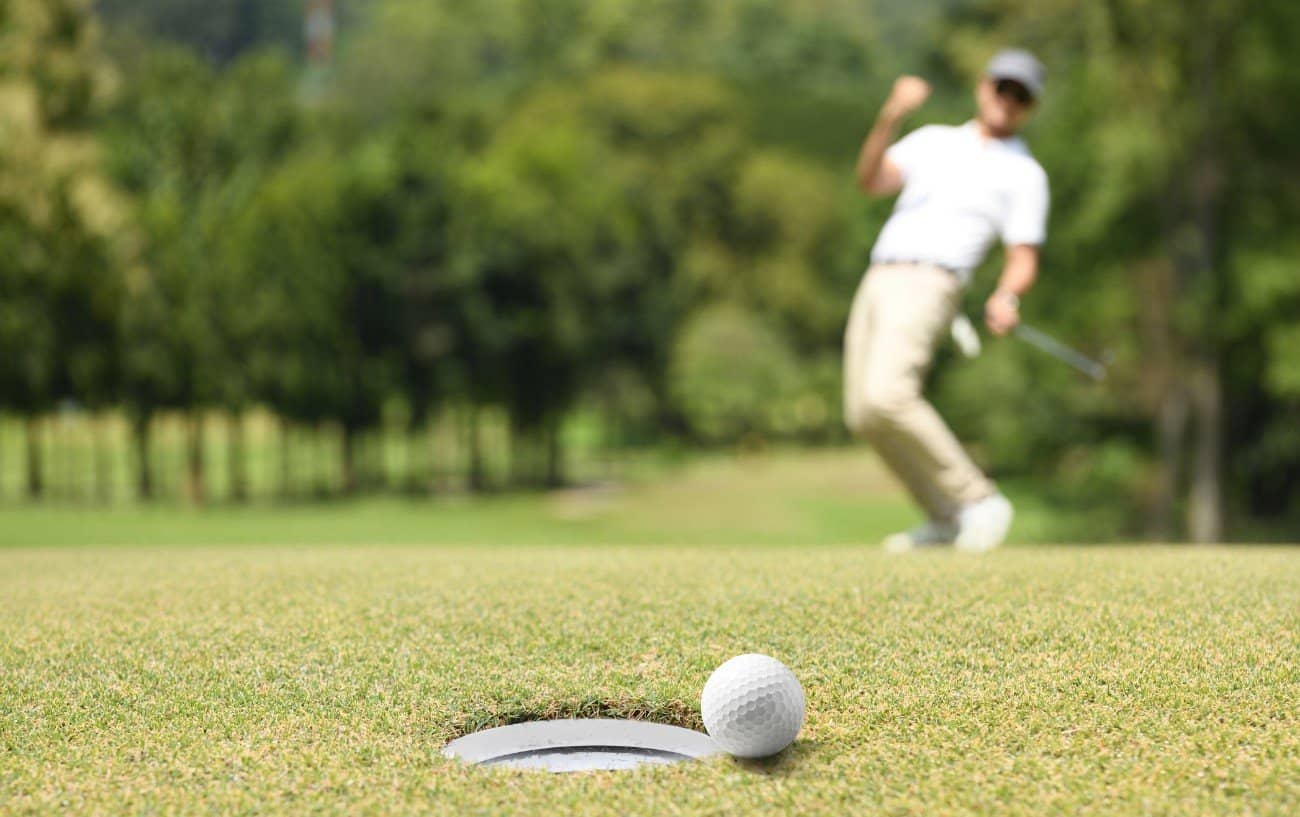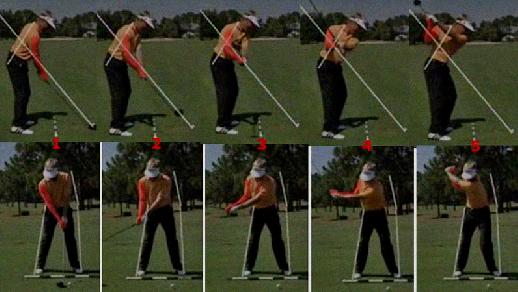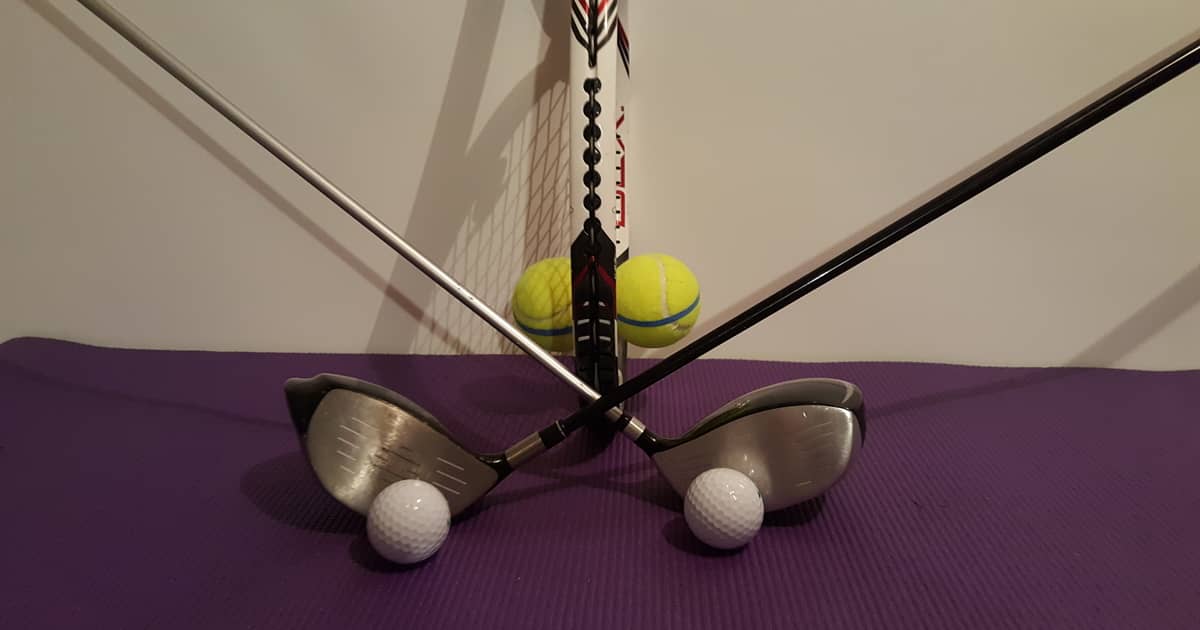
If you've ever wondered what match play golf is all about, you are not alone. This type of competition is similar to stroke play. Each hole won earns points for either the player or team. Match play counts each hole won, not just the total number, as in stroke play. Here are some tips that will help you win a match-play tournament.
Match play involves two golfers competing head-tohead.
Match play is the most straightforward form of golf. Head-to head matches determine the winner based on the lowest score of a round. This makes it simple for players not to keep track their strokes and allows them to score every shot. Match play does not require lengthy rounds. Players are able to start a round at their leisure.
While playing a round of match play, golfers should focus on the game at hand and not on the opponents. You can focus by planning every shot ahead. Their opponent's lows should not affect their own game. In the match, they should always try to win each hole. If they don’t have the upper hand they can adjust their game plan accordingly.

It is a variation to stroke play
There are many different rules between stroke play and matching play golf. While both games have the same rules, stroke-play players are allowed to make concessions in order to remember their strokes. In match play, players cannot give or receive advice from other players. Match play is different from stroke play. Players may be penalized for violating a rule. Match play golf is a more challenging game than stroke play, and is a popular choice for tournaments.
Stroke play aims to get the ball into a hole with the fewest strokes possible. This type of golf does not count the shot until the hole has been completed. The winner is the player with the lowest gross score. Gimmies are used by many recreational golfers to find the shortest possible putts. Regardless, gimmies are a common golfing strategy that can help anyone win a game.
It is played on an amateur tour
Match play is an alternate shot format on the amateur tour. It can be played by both teams. Mass Golf has maintained difficult courses so match play can be played. Match play should be played with a focus on each player and making pars. Avoid focusing too much on the opponent while playing match play. Instead, you should be focusing on your own game. This can lead some surprising results.
There is one major difference between match play or stroke play: the allocation of handicap points. Match play gives each hole an HDCP rating. This rating is indicated by a row on the scorecard, as in Fig. 1. Player A will give PlayerB four strokes for holes with HDCP ratings between one and four. Player B will take one stroke off each hole that has a HDCP rating higher than four. Hypothetical matches include holes 4, 10, 7 and 8 on the amateur tour.

It can be played on the NET format
Match play golf allows players to compete against each others and win more holes than their opponent. Each player is responsible for hitting their own golf ball on each hole. After each hole, the scores are compared and the golfer with the lowest score is said to have won the hole. If their scores are equal, no points are awarded. This format is more popular than ever. There are many options for playing match play golf.
Average golfers will enjoy the thrill of competitive play with match play. The most significant benefit to match play is that a single bad hole can not completely ruin an entire round. Nick Lomas, founder of GolfSpan has more than 15 years experience in coaching and playing golf. He explains why this format is so appealing. More information about match play is available below. Remember, match play can be a fun way to compete against your family members and friends.
FAQ
What equipment do I need to play golf?
Golfers must wear clothing that is appropriate for the conditions. A shirt, long trousers, and well-gripped shoes are all recommended. For outdoor games, players should always wear sunscreen and sunglasses.
It is advisable to bring a towel to wipe the sweat off your face and body after exercising. Also, remember to bring a hat and gloves, a water bottle, and snacks like fruit and sandwiches.
What is a PAR?
Par refers to how many strokes are required to complete a hole. Add up the scores of each player to get the total score.
There are 18 holes in a round of golf. Each hole has its own rating. "Par 3'' is the highest rated hole. It is just three strokes from your hole. "Par 5" is the lowest-rated hole. It is five strokes away.
What time is best to play Golf?
Golf is best played between May and September. There is rarely any rain during this period and the temperatures are usually moderate.
Winter can be extremely cold. Additionally, it can be difficult to walk the fairways when there is snowfall.
The grass can grow too high in spring and autumn making it difficult to see the flagstick.
Where can you find a good golf course?
Many cities have their own municipal golf courses. These courses can be used to improve your golf swing in peace and tranquility.
You can also visit one of the many golf resorts in the country if you are looking for a more relaxed atmosphere.
Do I require any special skills to play or practice golf?
No. You just need a pair if walking shoes, a towel and some clubs.
How is the game of golf scored?
The scorecard is divided into four different categories: Stroke Play, Par 3, Par 4, and Par 5. Each category can further be broken down into strokes. A player must complete 18 holes (Par 72) to reach par.
The lowest score wins.
How often should I play the game of golf?
It depends on the amount of time you have. Most recommend two practice sessions per week.
If you're serious about improving your game, you should aim for four rounds per week.
Statistics
- Buying a set of Titleist or Taylor-Made irons for nearly $1,000 is simply not necessary and likely a waste of money. (golficity.com)
- They do this by means of assessing and rating courses according to the average good score of a "bogey golfer," a player with a handicap of around 20. (en.wikipedia.org)
- In the United States, the number of people who play golf twenty-five times or more per year decreased from 6.9 million in 2000 to 4.6 million in 2005, according to the [51] (en.wikipedia.org)
- In the United States, women made up 25 percent of golfers in 2021, which was up from 19 percent in 2011, and junior female golfers account for 35 percent or 1.1 million golfers.[50] (en.wikipedia.org)
External Links
How To
How can you play better when the wind blows?
Golf is a game played outdoors in open spaces on well-kept grassy areas. It is one of the most popular sports around the globe. There are many types of golf courses across the world, ranging from public parks to private clubs. Golf is also played indoors, such as at shopping malls and indoor arenas. There are a series holes that players must hit their balls into. Each hole has a tee box, fairway, rough, hazards (e.g., water), and green. The type of shot that is required will determine which driver, wedge or long iron the players use. The rules of the course may require players to carry the balls a specific distance before they hit the green, or they may simply have to drop them in the cup. The conditions that a player experiences when playing outdoors golf can have an impact on how they hit their shots. These include temperature, humidity and visibility.
There are two types of winds: headwinds and crosswinds. Headwinds blow left to right and crosswinds from left to right. If the wind is blowing towards the golfer, then he/she is hitting against the wind; if it is blowing away from him/her, then he/she will be hitting with the wind. It is difficult to play in strong wind because the ball will fly further and higher. This makes it difficult for the player to control the trajectory and direction of the ball. To offset these effects, players attempt to keep their club face perpendicular the ground. They aim to strike the ball so that it makes contact with everything and gets maximum power. Although the ball may fly slower in stronger wind, it can travel farther because of increased air resistance.
Playing golf in the wind requires a lot of practice. The wind influences the ball's flight path. The area is affected by wind, so a good golfer needs to know this information. He/She will adjust their swing to match the wind conditions so they can hit the ball straight and without losing energy. Another important aspect to consider is where the wind is coming from. The wind is not always consistent in its direction. For example, the breeze that blows off the ocean can be very light, but it can often be stronger near the shoreline. The wind blows closest to the ground in a similar way. The golfer must therefore pay attention to the wind direction as well as intensity.
In summary, playing golf in the wind requires constant adjustments to your swing. Your swing must be aligned correctly and you need to keep an eye on the wind. You must also learn to read wind patterns and adjust your swing accordingly.